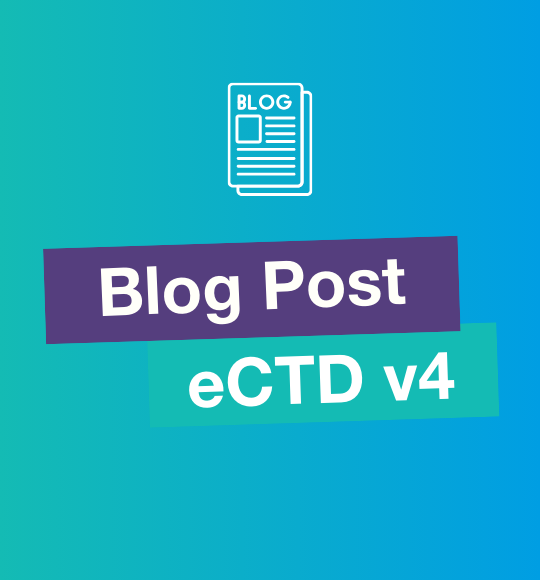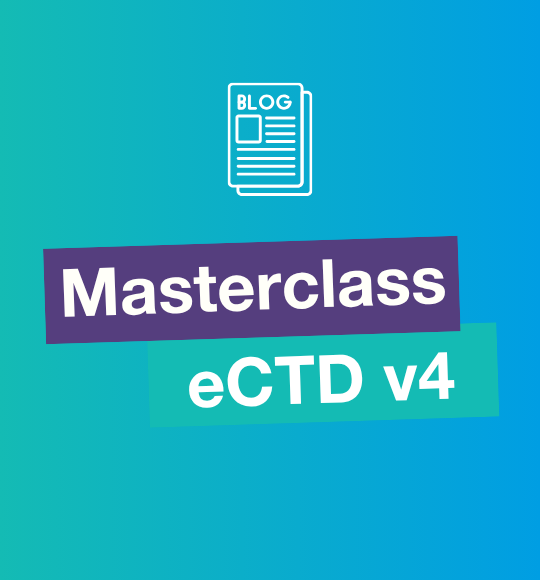While the greatness of utilizing eCTD format for submitting regulatory information to agencies around the world is well known, the process of converting your submissions to this standard can be a daunting endeavor for you and your company. As eCTD is becoming mandatory in more and more countries, it is at this point your Regulatory Operations team will need to transform their applications and the way they work in order to remain compliant.
If you are new to the eCTD publishing process, it can be difficult to develop a system that meets the publishing needs of your company. Without experience, your process could leave out essential checkpoints that ensure your submission is compliant and submitted by the target date. Knowing what to expect when publishing an eCTD submission can help you develop a workflow process with the most common issues in mind, so you will be able to prevent or mitigate them with ease.
Moving to eCTD is beyond converting your application structure. eCTD submissions consist of an eCTD XML backbone, which acts as the table of contents. An eCTD publishing tool can be used to create the XML backbone. If you do not wish to use an eCTD publishing tool, text editors and internet tools for generating checksums can also be used, but let’s not complicate it too much and increase the probability of making mistakes! Within the eCTD XML backbone, formatted files, leaf titles, hyperlinks, and bookmarks are relied upon for ease of navigation. It is important to highlight that even if you have built your eCTD submission properly, the individual documents you include in the submission must comply with ICH and regional specifications.
The eCTD submission publishing process is a journey and often requires the cooperation of multiple individuals from different departments within a company or with an outsourced publishing services provider. Whether you decide to do your publishing in-house or to outsource, it is paramount that clear expectations and standard operating procedures are established. A standard operating procedure that is clear and consistently followed will streamline the process of publishing your eCTD submission by eliminating confusion on how the documents are to be delivered and what is within the scope of publishing activities. Now, let’s go through a typical eCTD submission publishing process beginning with document preparation through to submission to the health authority and identify some points that are prone to having issues.
Preparing your documents to make them “eCTD ready” is the first step in creating your eCTD submission, and this process is referred to as document publishing. Documents are considered “eCTD ready” when they comply with ICH and regional PDF specifications. Most PDF specifications are the same for Europe and the US or other regions; However, if you are planning on submitting your application first in Europe or other regions and then the US, it is important to note that the US has stricter PDF rules. It is, e.g., possible that you successfully submit your application in Europe but, with the same submission, receive 80 pages of low severity errors for the US due to small PDF specification details.
Document publishing begins when the documents are transferred to the publishers. It is important that a standard is in place regarding the condition of the documents delivered. If you outsource your document publishing, standards will be pre-determined in a contract. Some examples of standards are that the document is finalized, free of typos, and all references that require hyperlinks are designated in blue or red font. It is important that the document is finalized and free of typos so that no publishing work must be redone if a change needs to be made, such as removing or swapping pages. Clearly identifying references that require hyperlinks enables the publisher to create links quickly without having to search throughout the document. It is also important that references are clear and specific. Ambiguous references require the publisher to spend more time figuring out where to set the destination of the link and increase the probability of an incorrect destination being set.
Once the documents are delivered to the publishers, they will need to be tracked in order to confirm all materials have been received, resources have been assigned, and any issues that come up along the way are resolved. Tracking becomes more complicated with the increasing size of the submission you are building. Your tracking system could be simply using an excel file or purchasing a software solution. Whatever tracking system you decide to use must be able to handle the collaboration between resources and accommodate the complexity of the eCTD submission you are creating.
Document publishing requires a publisher to go through each document and create all of the bookmarks and hyperlinks one by one. This can be avoided with the use of submission-compliant templates that automatically generate navigational aids. However, even with these templates, there is a significant amount of manual work that may be required if there are sections and references that fall out of what is provided within the template. In addition, it is best practice not to use image-based documents in your eCTD submission. Image-based documents are scanned images of the original document. These documents are not text searchable and require more time to publish than text-based ones. If you will be submitting studies from many years ago and the only option you have is to submit image-based documents, you must plan for more time to be spent on document publishing.
After a publisher has completed a document, it is the best practice that at least two resources review the document publisher’s work, with at least one resource doing a 100% quality check. This means that every bookmark and link is tested to ensure that the correct destination is set. Quality check resources must also check that the document properties are compliant with ICH and regional specifications and that the documents are published consistently across resources. Consistency of publishing style provides predictable organization across many documents, which aids the reviewer in finding the information they need quickly. If issues are identified by a QC resource, then they should be logged, corrected, and verified before moving on.
It is at this point that the documents are now considered “eCTD ready.” The process of adding documents to the eCTD XML backbone and creating external hyperlinks is known as submission publishing. External hyperlinking refers to creating links for references between documents within the submission or a separate submission. It is highly recommended and best practice to use an eCTD publishing tool due to the technical nature of building documents and external navigation into the eCTD structure. Submission publishing requires a thorough understanding of ICH and regional technical specifications in order to build a submission that will pass the technical validation.
Upon completion of the submission build, it is recommended that another quality check be performed similarly to that of the document publishing review. In the submission publishing stage is crucial that all metadata is correct, all documents are present within the correct section, that they are displaying the correct lifecycle operation and that all external links are set to the correct destination. A small mistake could result in the rejection of your submission, so it is also best practice to validate it. Validating your submission refers to using a validation software to check your submission against the validation criteria provided by the ICH, as well as the region in which you plan to submit. It is best practice to validate your submission before submitting it to an agency, as the agencies themselves will validate your submission using the same criteria before accepting it for review. Validating your submission before submitting it to the health authority ensures that you will not receive a technical rejection.
If your submission is valid, then you are ready to submit to the agency. Each agency has a different process for submitting. It is important that you understand the process and complete any testing that is necessary before the date you wish to submit. This will ensure no last-minute issues prevent you from meeting your deadline. If you choose to outsource your submission publishing, it is likely your publishing services provider can submit on your behalf. If you do not choose to outsource your publishing, it is still a good idea to reach out to a consultant or your vendor when submitting for the first time.
We have now gone through a typical eCTD submission publishing process from start to finish and have identified some common issues. Publishing an eCTD submission requires attention to detail in every step. It is important to have publishers who have a solid foundation of knowledge on the technical specifications as well as regulatory knowledge and experience with submitting eCTD submissions. Above all, time and proper planning are your biggest assets. If you provide yourself with ample time and have a consistently followed set of standard operation procedures, you are well on your way to developing a successful eCTD submission publishing process.
Does all of this sound like too much for you to do? Don’t know where to start? EXTEDO can help with your eCTD document and submission Publishing, using our experience and expertise to do the magical work of converting your paper format submission to an eCTD-ready application that can be submitted to any agency. Let EXTEDO provide a helping hand for your regulatory operations.

.png)


